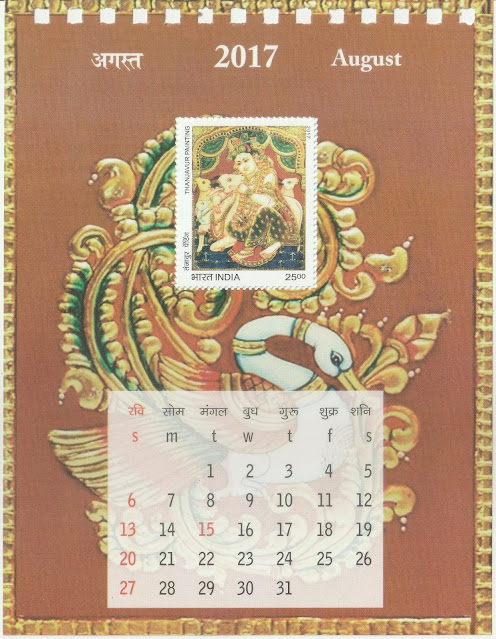Orissa Ikat is a kind of ikat known as Bandhakala and Bandha, a resist dyeing technique, originating from Indian state of Odisha. It is made through a process of tie-dying the warp and weft threads to create the design on the loom prior to weaving.
It is characterised by a curvilinear arrangement of motifs, as well as feathered outlines worked primarily in weft-ikat — a complex process in which only the weft yarns are resist-dyed and require readjustment after each pass of the shuttle.
Saris made out of this fabric feature bands of brocade in the borders and also at the ends. Its forms are purposefully feathered, giving the edges a "hazy and fragile" appearance. The designs developed on the Ikat are generally of birds, various animals, rudraksh beads, geometric designs, dice, temple towers, and pinnacles.
Every colour used in the fabric reflects a symbolic concept of the Jagannath cult: the four primary colours used in keeping with this tradition are white, black, yellow, and red, with green added at a later date. These colours are said to denote the past, present, and future, to the Vedas and the Gods.
GI Tag Registration Date : 07 June 2006
GI Tag Number : 22
Certificate Number : 20
Geographical Area : Odisha
Special Cover Release Date : 28 April 2002
Cancellation : Bhubaneswar 751 001
Type : Special Cover
Enlarged View of Illustration






























